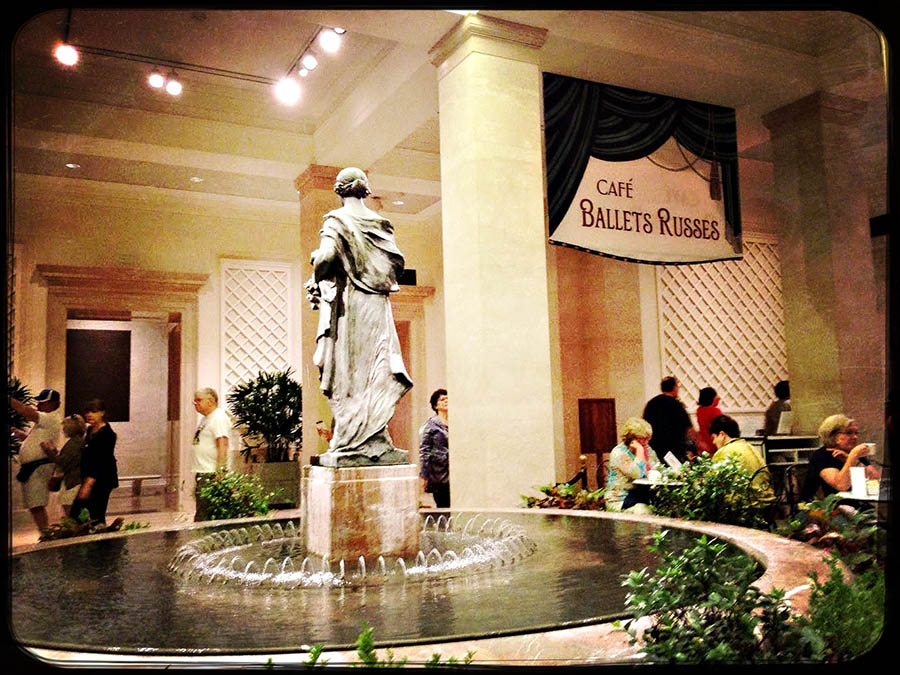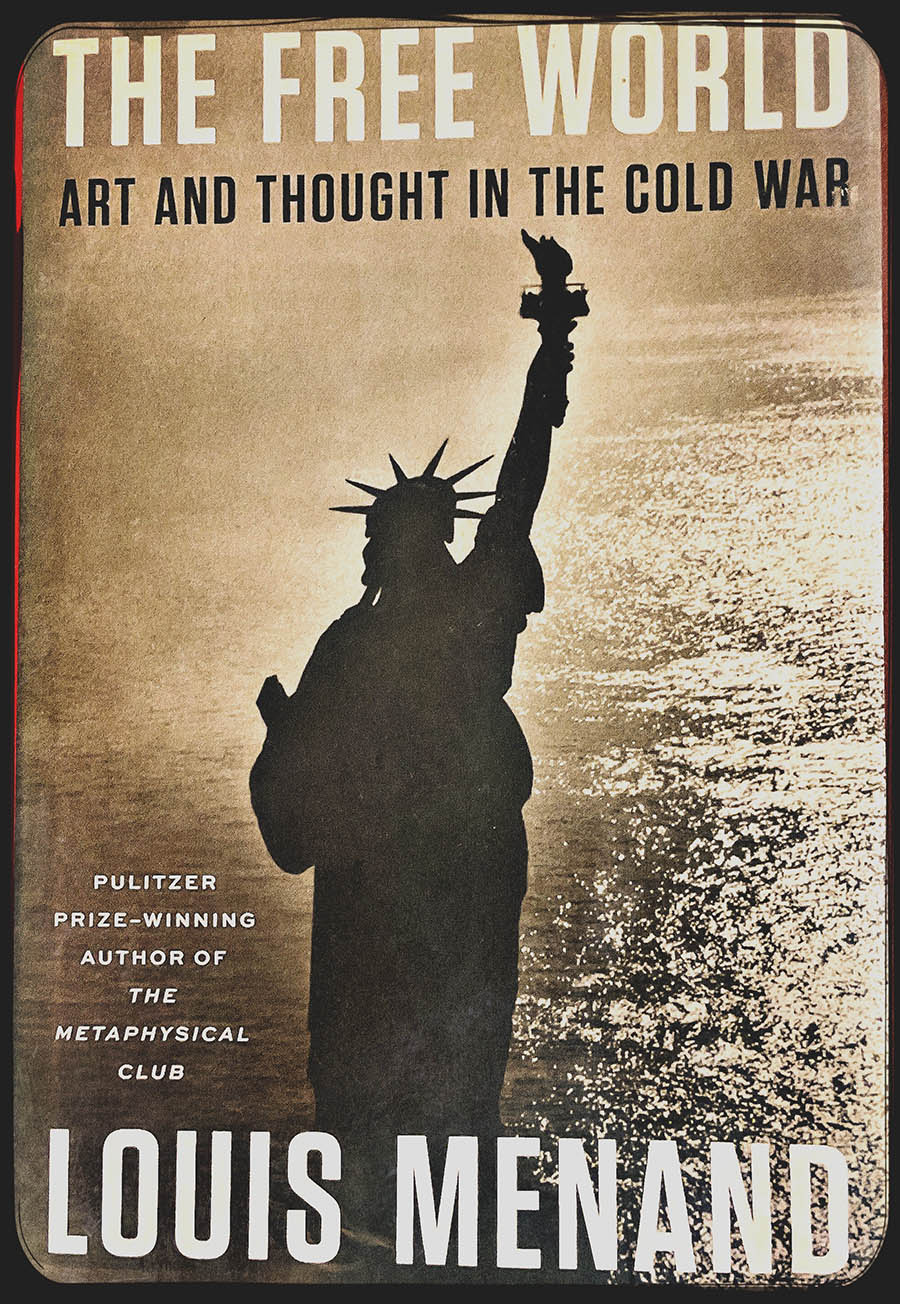My mother, Helen Schrider Higgins earned an MFA from Catholic University in Washington DC in 1955 at the age of 25. She was the first woman to be admitted to the MFA sculpture program at CU. ( She become a student at CU in the late 40’s not long after they admitted women to the school. )
As a child you don’t contextualize your parent. My memories as a child of the late 60’s and 70’s was one of being around art, artists and books. In lieu of dolls, I received pastels and sketchbooks as gifts. This was my norm. My context.
In her later years, she and I would – at least once a year – find ourselves having lunch in the courtyard cafe of the West Wing at the National Gallery of Art in Washington DC. While we always talked about art, at these courtyard lunches we starting to go deep into her story and her experience around the emergent Washington DC art community of the 1950’s.
Our National Gallery conversations gave me a strong foundation when I had the opportunity last year to delve into the time period of the 1950’s while collaborating with Catholic University on an exhibit of her art work.
In my research, I did a deep dive into Black Mountain College, the Bauhaus artists, Bernand Leach, Shoji Hamada and other influences.
One of the most interesting insights for me came from a book that I found at the Phillips Collections museum shop in a moment of serendipity.
It was “The Free World, Art and Thought in the Cold War” by Louis Menand, an English Professor at Harvard.
He did extensive research and wrote about culture in the time period that she came of age as an artist.
The insight from Menand was regarding the art critic/art world power broker Clement Greenberg. Yeah – that guy.
I was not aware that Greenberg received plenty of what we call today “pushback” during his heyday.
Greenberg constructed a top/down art world structure. In his peak years, Greenberg championed the abstract expressionists as the pinnacle of art. Later in the 60’s, he was overwhelmed by the popularity of pop art and his power within the art world of his time declined – although his writing maintained a strong hold on academia for decades.
The key point that I learned from “The Free World” was that the term “The Long Front of Culture” that was coined by the British art critic, Lawrence Alloway.
Alloway argued for the arts to be viewed as part of a continuum. There are multiple genealogies of art – not one.
I am simplifying the argument about what constitutes high art but my point is that there are and have always been many different ways to create.
There are so many more artists now than there were in the 1950’s. The art world is much more diverse.
What moves you? What excites you? What do you want to see everyday?
Bibliography
The Free World: Art and Thought in the Cold War, Louis Menand, Farrar, Straus and Giroux, New York, 97803741584158453,


